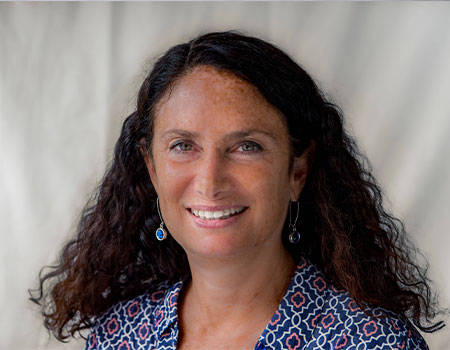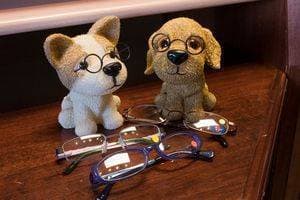Author: Dr. Randy Schulman
EyeCare Associates, CT
“Vision therapy has helped me ride my bike, and helps me for school in math, writing, and reading. I have gotten very good grades because of vision therapy”
Gavin N., age 8
Meet Gavin
Gavin is an energetic 8 year old who has a history of lazy eye (amblyopia) and hyperopia (far-sighted), which is greater in his left eye. When he first came to our clinic three years ago, he presented with farsightedness of +3.50 in his right eye and farsightedness of +5.50 in his left eye.
Due to the high farsightedness and significant difference between the optical prescriptions in his two eyes, the vision in his left eye was significantly worse than his right eye. Gavin was seeing 20/30 in his right eye and only 20/200 in his left eye.
Moreover, Gavin’s lazy eye impacted his reading and depth perception, which in turn, affected his confidence.
Gavin primarily wanted to improve his vision in order to improve his school grades and his ability to ride his favorite bike.
What did we do?
The first thing we did was reduce Gavin’s glasses prescription. We also set up a schedule for him to complete a series of vision therapy sessions both in the office and at home. A customized computer program was also set up to help stimulate his eyes and reduce the amblyopia.
Gavin’s visual acuity improved over the first year. He continued to come for vision therapy to address and strengthen his eye movements, focusing, eye teaming and visual spatial skills— these difficulties are common in children with lazy eye and were affecting his ability to read and learn.
Was vision therapy successful?
Yes!
Today, Gavin’s visual acuity is 20/20 in the right eye and nearly 20/30 in the left eye, and his basic visual skills are excellent.
Gavin’s eye tracking movements, focusing and eye teaming skills have greatly improved. His left eye is no longer suppressed, or shut down, and his stereoscopic depth perception is excellent. He is doing much better in school and even has learned to ride a bike.
What is amblyopia?
Amblyopia, or “lazy eye”, are the terms used for reduced eyesight in one eye that can not be corrected with glasses.
The lazy eye typically looks normal but functionally cannot see clearly. Amblyopia is the most common cause of reduced vision in one eye in children and adults, affecting over 2 percent of the population.
Many people have a mild form of amblyopia and are not even aware that they have the condition since the vision in their stronger eye is normal, and with both eyes open they can see.
One eye becomes amblyopic because the brain does not process information from that eye. The brain may not get a clear image from that eye or the images from the two eyes are conflicting and the brain ignores one of them.
If you suspect your child has any eye condition, contact an eye doctor near you, who can diagnose and treat the condition.
SEE RELATED: Bifocals for Lazy Eye
What causes amblyopia?
- Refractive error: One eye has a much higher prescription compared to the other
- Strabismus: One eye turns in or out relative to the other
- Deprivation: One eye had a condition or injury early in life causing a vision obstruction or occlusion. This can occur from glaucoma, a corneal ulcer, congenital cataracts, or a drooping eyelid.
As a result of these amblyopic conditions, people with amblyopia typically have difficulties with binocular vision or eye teaming and visual processing skills. They also frequently experience the following:
- Poor focusing skills
- Poor depth perception
- Poor spatial relations
- Poor pattern recognition
- Low contrast sensitivity
- Low motion detection
- Poor visual acuity
- Visual crowding or confusion
- Poor eye hand coordination
What can be done to treat amblyopia?
- Early detection is key: A vision examination is recommended for all children by age three.
- Glasses: The proper prescription will allow for a clearer image to come into the eye and prevent the brain from ignoring the poor image.
- Vision therapy: Better than patching the good eye, vision therapy encourages the use of both eyes and is effective at any age, although the earlier the treatment begins, the better.
LEARN MORE: Vision Therapy for Lazy Eye
If you suspect that you or your child may have a lazy eye, schedule an appointment with an optometrist for a comprehensive eye and vision evaluation.


